The new system, VirtuX will revolutionize the field of pain management. Using innovative new technology, it will use virtual reality to enhance the effectiveness of pain management and reduce opioid use. To do this, VirtuX uses virtual reality technology as an interactive distraction in order to reduce the pain of a patient. It uses four different categories of simulations for this. The categories include Game, Meditation, Hypnosis, and Experience, all of which work differently to distract the patient from their pain. VirtuX records highly accurate data in order to tailor the user’s experience to them, so that it can best manage their pain. Surveys concerning the patients pain will also be given before and after using VirtuX to further understand the patients needs. This system can be used in a myriad of situations, though it was specifically designed for at-home use, as it is portable, and has an easy-to-use interface.
Regional Winners
Region 1
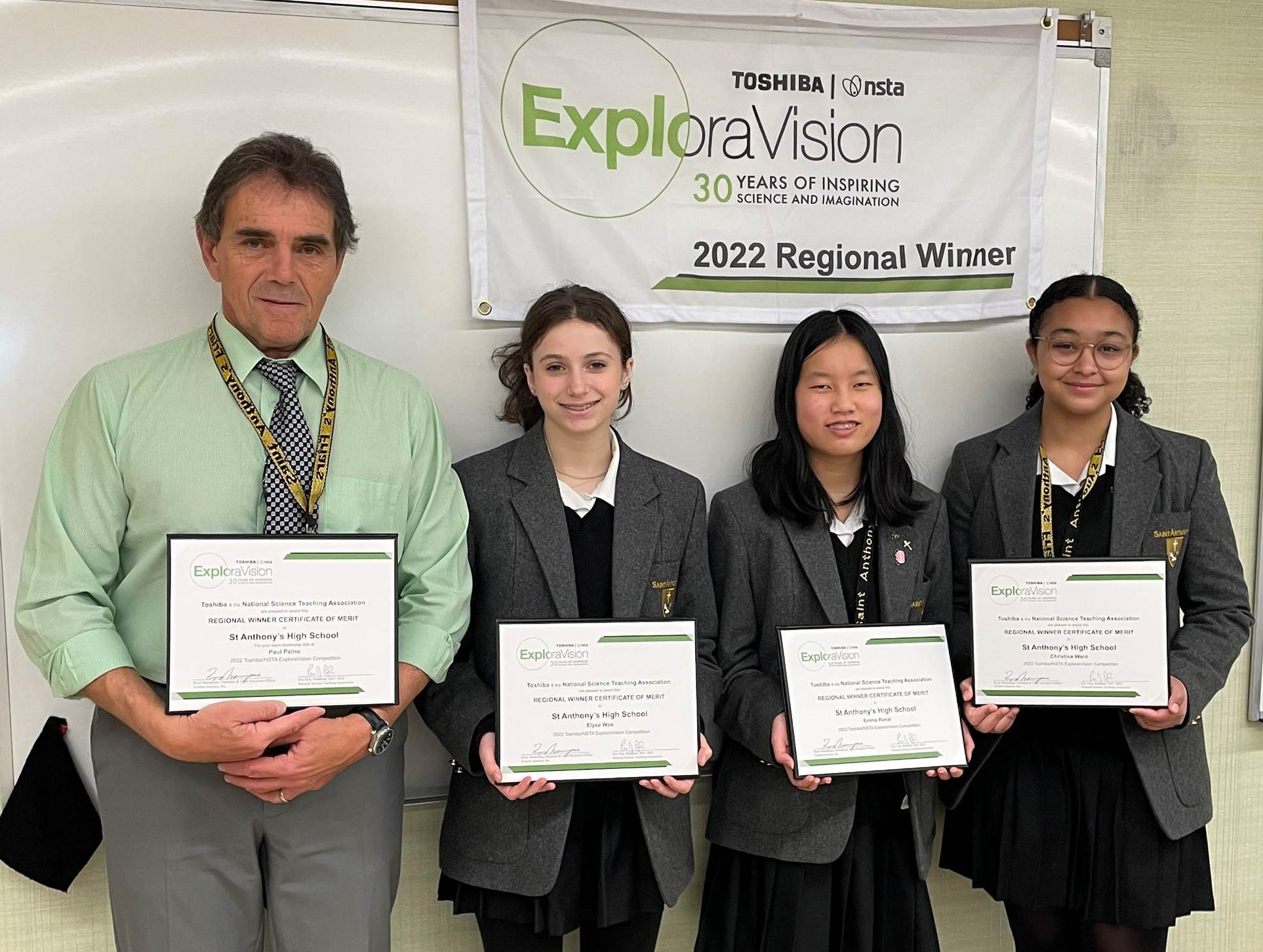
Region 2
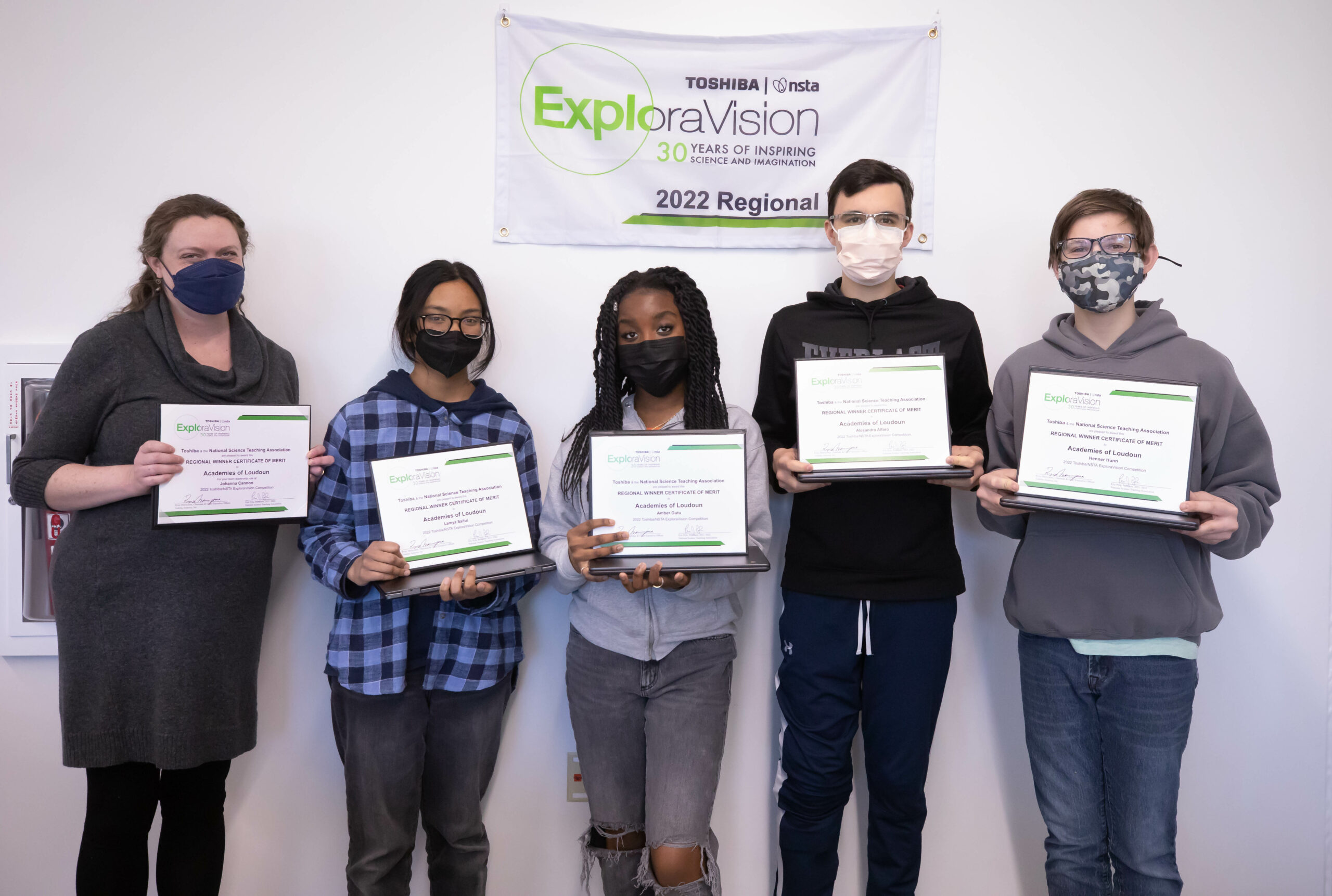
The A.L. 3000 is an autonomous aquatic drone which utilizes an echolocation sensor to detect microplastics and collects them with a filter. The drone then degrades the collected microplastics within a chamber containing plastic consuming bacteria, which are then passed through a fine filter to separate them from the seawater. Excluding its microplastic collecting and degrading capabilities, the drone functions similarly to many other aquatic drones. It’s mobility relies on the three propellers located behind, on top, and beneath the drone. The drone is linked to a buoy that houses a charging port, solar panel, a computer to store the data collected by the drone, and an antenna to wirelessly communicate with the drone. The filter is subsequently exposed to plastic-digesting bacteria which degrade the collected microplastics. Each of these operations are controlled by a buoy that communicates with the ROV wirelessly and that collects solar energy to recharge it.
Region 3
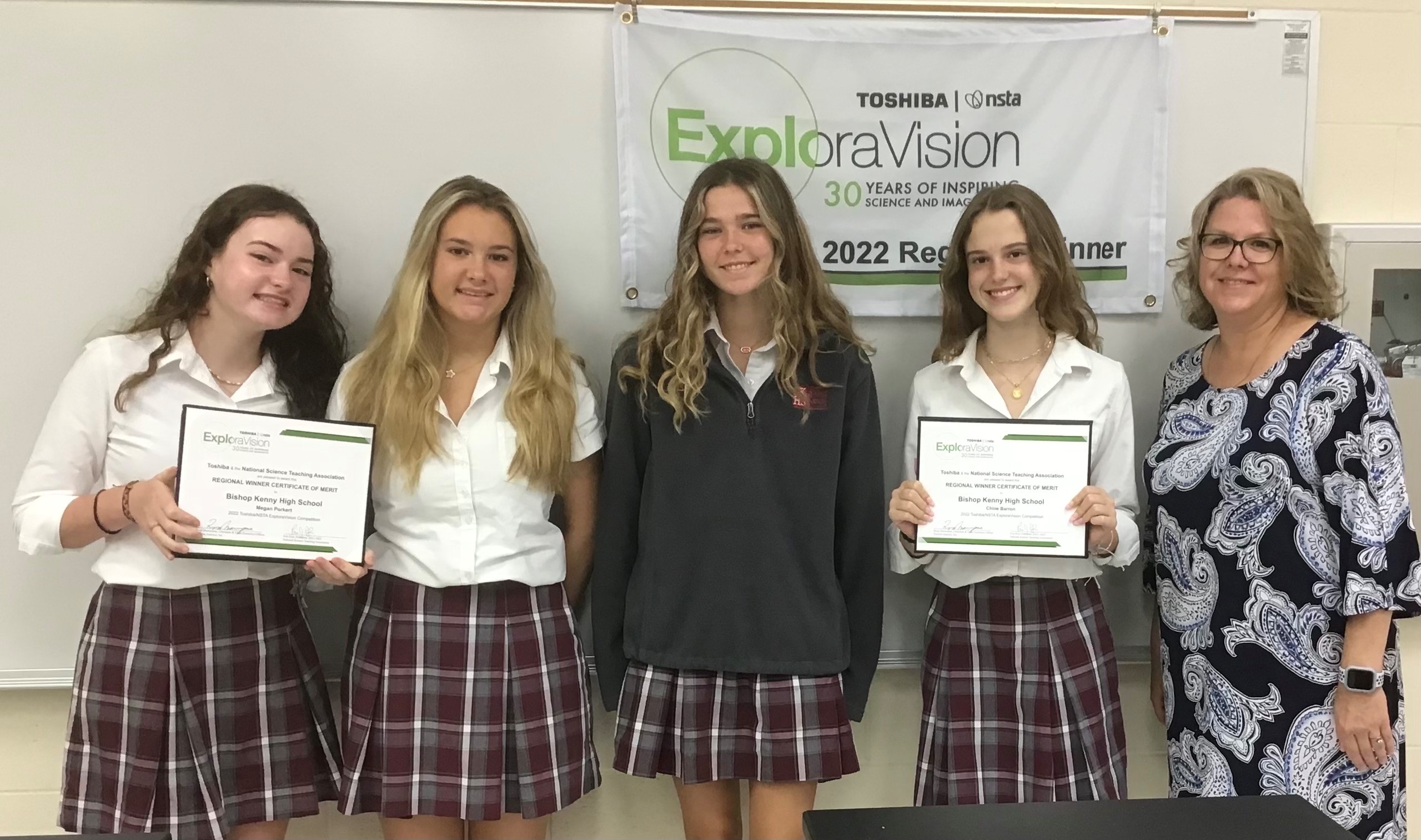
“Our technology “”Diabetic Gene Therapy”” uses gene therapy to treat Type 2 Diabetes. Most current treatments are directed at regulating blood sugar, but our new technology uses gene therapy to correct dysfunctional cells in the pancreas by using viral vectors to modify the stem cells in the pancreas into working beta cells. These working beta cells will be able to produce enough insulin in the body to maintain a balanced blood sugar level.
Region 4
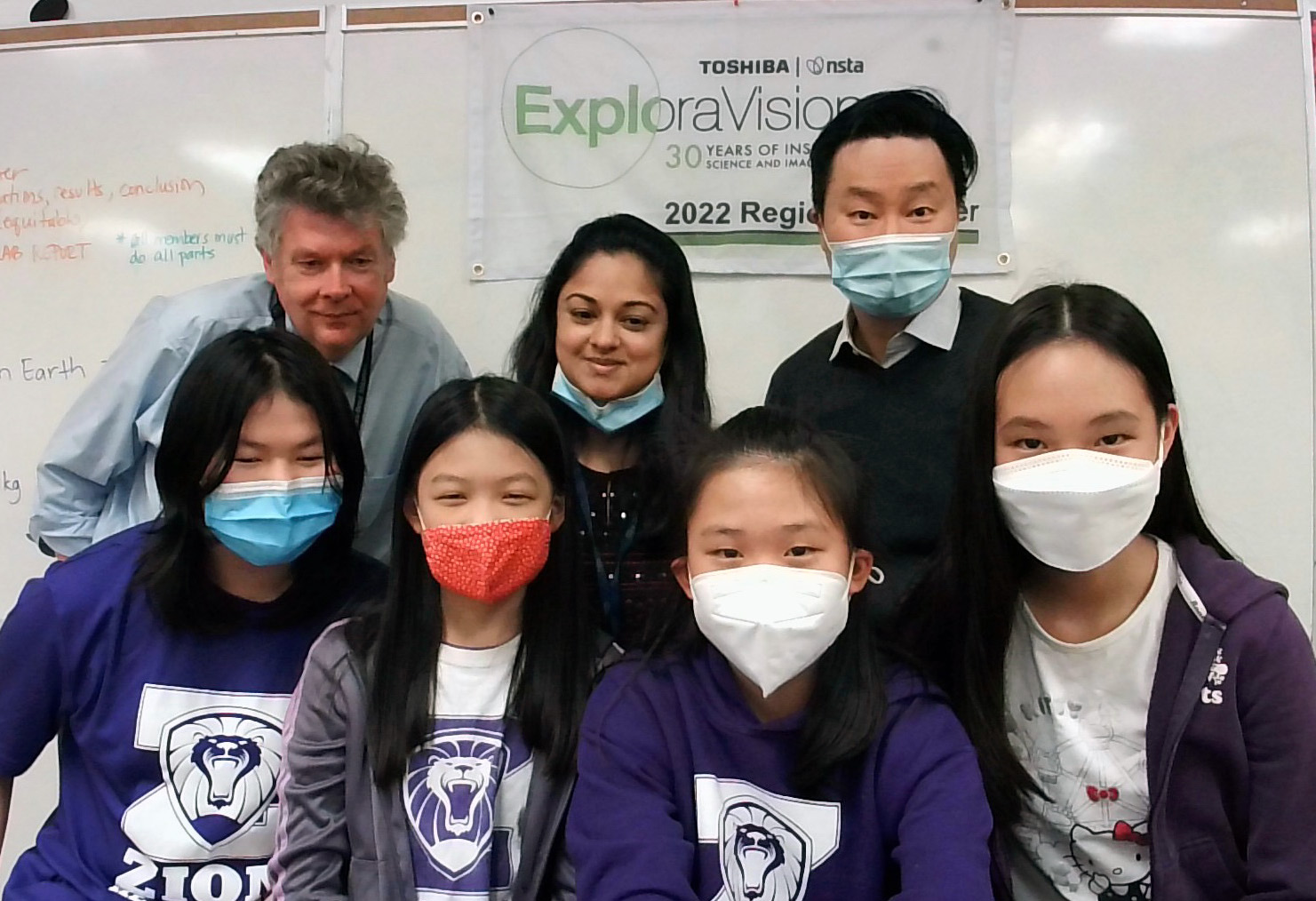
Pancreatic cancer is one of the top ten types of cancer and the most fatal, with less than a 10 percent survival rate. Thus, we created Cancerphage, a possible cure to pancreatic cancer. Cancerphage is based on the ability of bacteriophages to target specific bacteria. Cancerphage uses gene editing tools, specifically CRISPR cas-9, to program bacteriophages to target pancreatic cancer cells. The phages will then use the cancer cell to reproduce more phages before destroying it. We believe that with the help of Cancerphage, the mortality rate of pancreatic cancer can decrease greatly. As our knowledge and applications of CRISPR cas-9 and bacteriophages increase, this will help us transition between the current medical technology to more advanced and superior options for cancer therapy.
Region 5
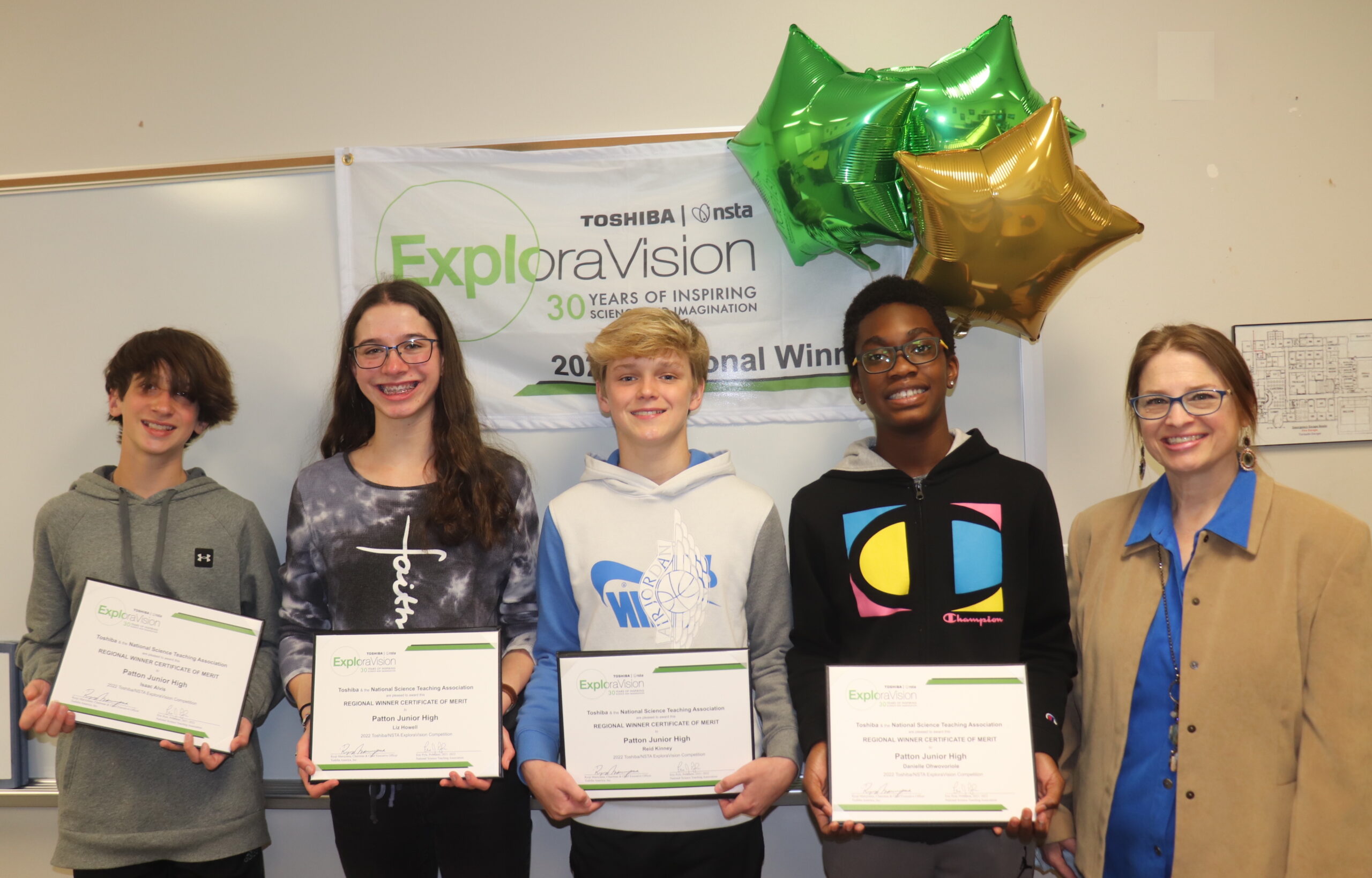
CTRL-ER is a predominantly stationary unit that can collect, transport and reduce litter while also energizing and recycling trash in different trash-infested communities. This machinery will incorporate many examples of advanced technology, including AI for its sorting and driving the compacting compartment to recycling facilities where materials that can be re-used are stored for industry. The brilliance of the CTRL-ER is that it is completely self-sufficient and rewarding to its users, running off of enzymes produced by the trash and providing fertilizer for locals.
Region 6
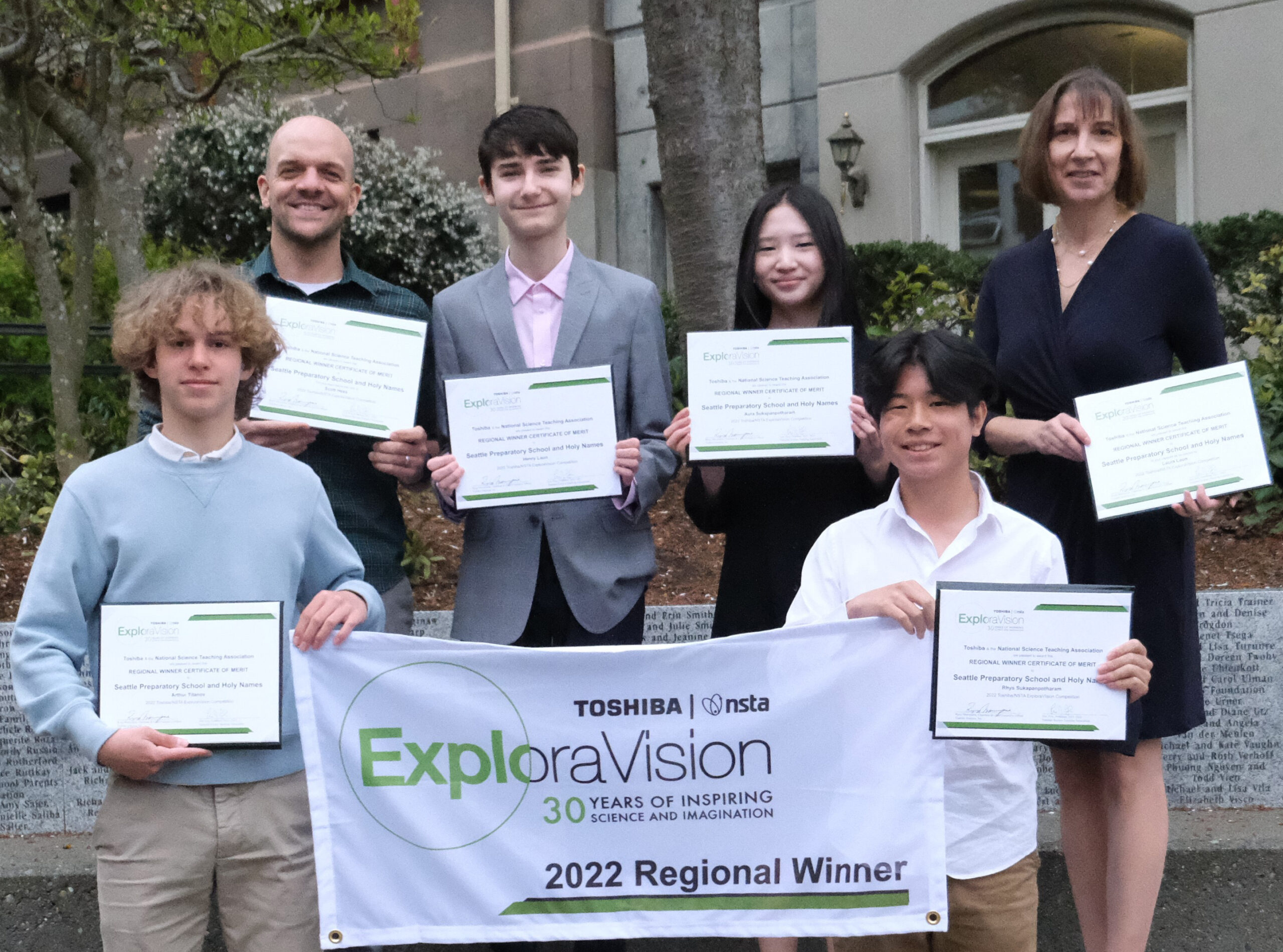
According to the World Health Organization, the world’s leading cause of death is heart disease. Our vision is to have a nanobot that can detect and eliminate heart disease before it takes a life. Our nanobot will be equipped with nano-biosensors, ultrasound, and artificial intelligence for early detection. To eliminate any problems within the arteries, we will leverage macrophages to remove plaque. The nanorobot will communicate using electromagnetic radio waves with a smart device such as a smartwatch which will provide information and a display for the user.